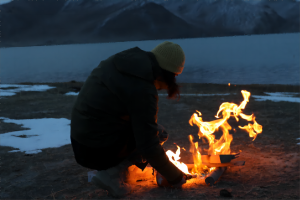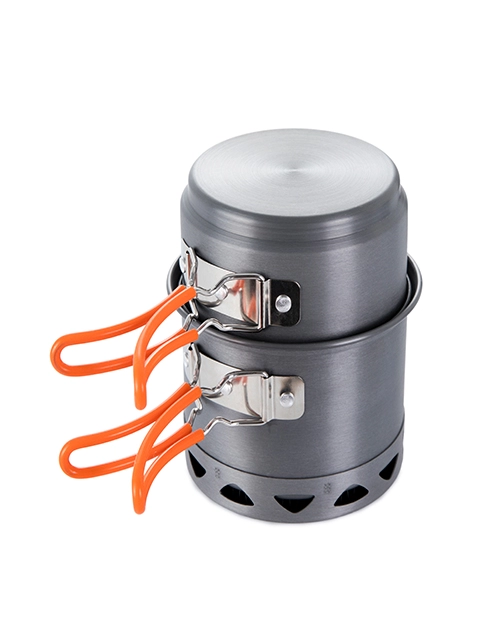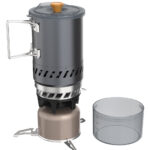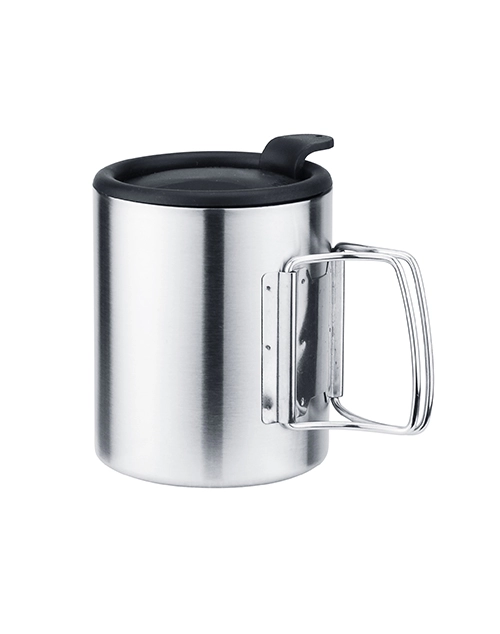 The wild calls to you loudly, and you are itching for adventure, but you do not want to venture too far from home. Thankfully, dispersed camping allows you to experience nature up close and personal. This article will answer all of your burning queries and guide you on how to find remote, conveniently located camping areas. We have got you covered for everything from knowing the fundamentals to locating the top scattered camping spots.
The wild calls to you loudly, and you are itching for adventure, but you do not want to venture too far from home. Thankfully, dispersed camping allows you to experience nature up close and personal. This article will answer all of your burning queries and guide you on how to find remote, conveniently located camping areas. We have got you covered for everything from knowing the fundamentals to locating the top scattered camping spots.
What is Dispersed Camping Exactly?
Dispersed camping is fundamentally about listening to nature’s call. Free camping, pirate camping, or boondocking are all terms used to refer to roughing it. Dispersed camping, in contrast to traditional campgrounds, enables you to erect your camp outside of authorized areas, frequently on Forest Service Land. As a result, you can take in the wonders of nature without being constrained by costs or the chatter of other campers.
What is free Dispersed Camping?
You read correctly; there is no cost associated with dispersed camping. Reservations do not have to be made ahead of time. All you have to do is locate a suitable location for camp, then do it. There is a catch, though. You must ensure that the area you choose permits dispersed camping. Before you set out, look at a map to make sure you are going in the right direction.
Dispersed Camping Rules
It is vital to understand the rules of the road. Contact the local Forest Service office to check for any restrictions, especially fire-related ones. Many areas in the West have severe drought conditions, leading to strict no-open-flame policies.
Every area has its own regulations. For specifics, it is best to get in touch with the relevant agency. Here are the rules from Colorado’s San Juan National Forest as an illustration.
- Every dispersed camper should practice Pack It In, Pack It Out, and adhere to the principles of Leave No Trace.
- Trailheads, picnic sites, day-use parking lots, and any other location that prohibits overnight parking are typically not suitable locations for overnight camping.
- You are not allowed to go farther than 300 feet from a recognized road.
- The general rule is to stay at least 100–200 feet away from any trail, road, or water source when using a dispersed camping area.
- Dispersed campers may only remain for a total of 14 days during any 30 days.
Dogs must always be under your supervision when dispersed camping, which is 90% of the time the only restriction.
How Does Dispersed Camping Work?
To enjoy dispersed camping, you don’t need to hike miles into the wilderness. You can access many sites by car, although a four-wheel drive is recommended in some cases. The difference between dispersed camping and primitive camping is that the former allows you the convenience of using your vehicle while the latter requires non-gas-powered modes of transportation like hiking or biking.
Dispersed Camping Sites
Finding the perfect dispersed camping site is essential for a memorable outdoor experience. To locate the ideal spot, consider these tips:
- Ask a ranger for insider recommendations.
- Scour Google Maps for green areas denoting public lands.
- Camp, close to a paved road for convenience and safety.
- To reduce your environmental impact, pick well-established campsites.
Where to Start Camping
- National Forests
- Bureau of Land Management (BLM)
- Wildlife Management Areas (WMA)
- National Grasslands
- Some County Parks and city Parks – always check signs
- Some trailheads check signs
- Truck stops and parking lots: closer to civilization.
What is Primitive Camping? Is It the Same as Dispersed?
This is often used interchangeably with dispersed camping, but it usually involves leaving your vehicle behind and venturing deeper into the wilderness with no gas. Backcountry camping in isolated locations without facilities like restrooms, picnic tables, trash cans, or any other man-made structures is known as primitive camping. Both offer similar benefits, but primitive camping requires more effort
Dispersed Camping vs. Primitive Camping
Understanding the difference between dispersed and primitive camping is crucial. While both offer a connection with nature, dispersed camping is vehicle-accessible, making it a more convenient option. Primitive camping involves leaving your vehicle behind and heading into remote areas on foot.
| Aspects | Dispersed Camping | Primitive Camping |
| Location | Typically accessible by car, often in designated areas on public lands. | Requires hiking or non-motorized modes of transportation to remote, undeveloped areas. |
| Amenities | Minimal or no amenities are provided. No facilities like toilets, showers, or picnic tables. | Offers minimal or no amenities, similar to dispersed camping, but without the convenience of nearby services. |
| Accessibility | Easily accessible and suitable for campers who prefer the comfort and convenience of their vehicles. | It involves a more rugged, self-reliant camping experience, suited for those willing to trek into the wilderness. |
| Impact on Environment | Potential for environmental impact due to vehicle access Responsible camping practices are crucial. | Typically, it leaves a smaller environmental footprint, but campers must adhere to Leave No Trace principles. |
Is Dispersed Camping Allowed in Oregon?
If you’re planning to explore the stunning landscapes of Oregon, you’ll be pleased to know that dispersed camping is generally allowed in this beautiful state. However, always double-check with local rangers to ensure you’re following the rules and regulations.
Is Dispersed Camping Safe?
Safety is paramount when camping in the wilderness. While dispersed camping can be a safe and thrilling experience, it’s essential to be bear-aware, store food properly, and check for any signs that may prohibit overnight parking.
Dispersed Camping Near Me Venture
Discovering the best dispersed camping spots near you is easier than you might think. For a head start, consider these brief pointers:
Nearby Public Lands
Visit or call your nearest Forest Service office for maps and recommendations on nearby dispersed camping areas.
Online Resources
Use websites and apps like The DyrtPRO, Sēkr, and Campendium.com to find user-rated dispersed camping locations.
Social Media and Forums
Join camping groups and forums to connect with local campers who can share their favorite spots.
Local Knowledge
Ask friends, neighbors, and coworkers who are camping enthusiasts for their secret camping spots.
With a little research, you can discover fantastic camping opportunities just a stone’s throw from your doorstep.









